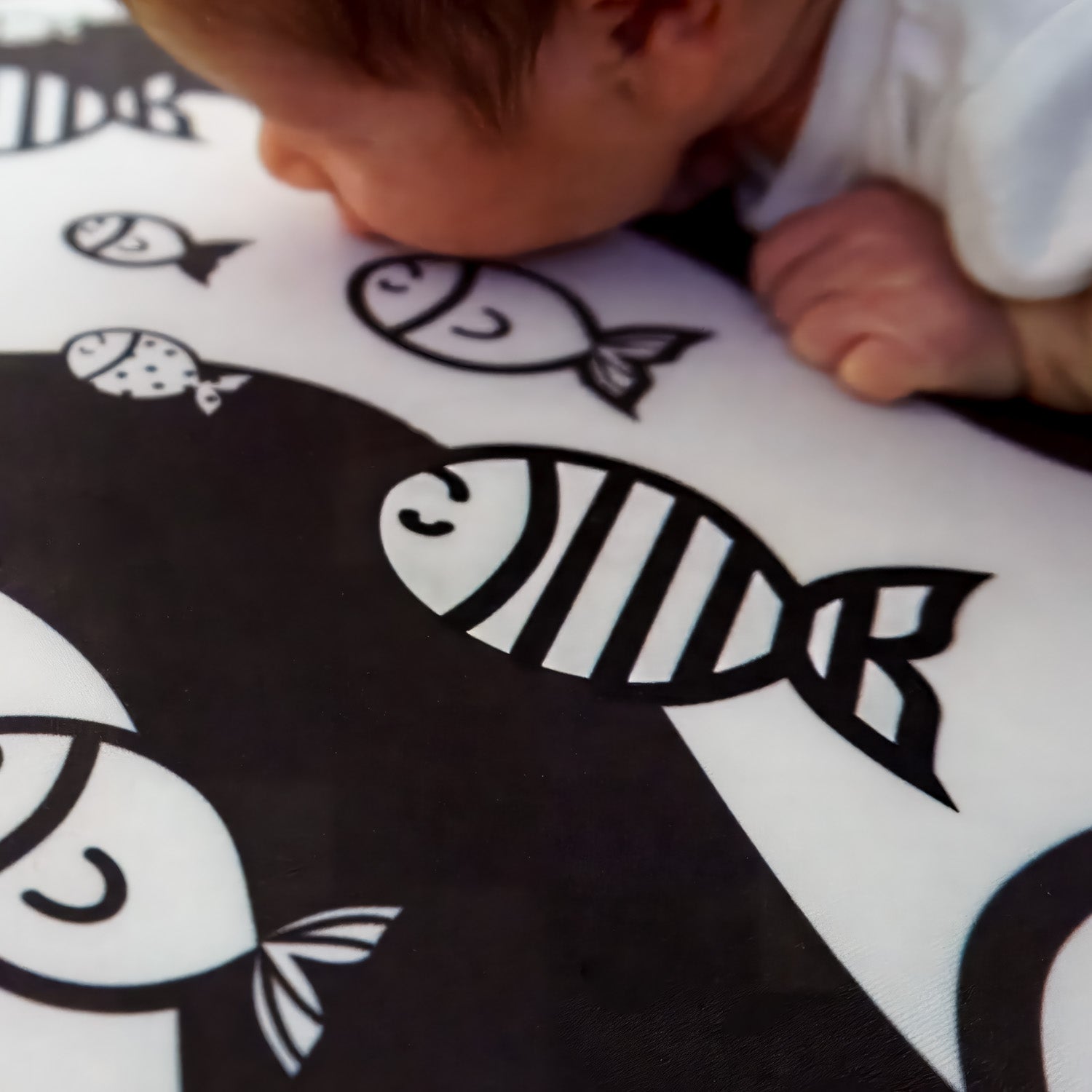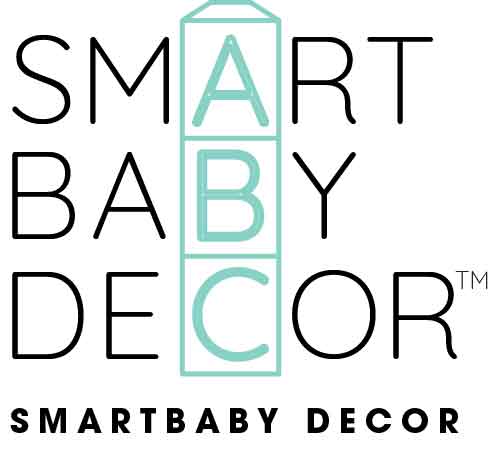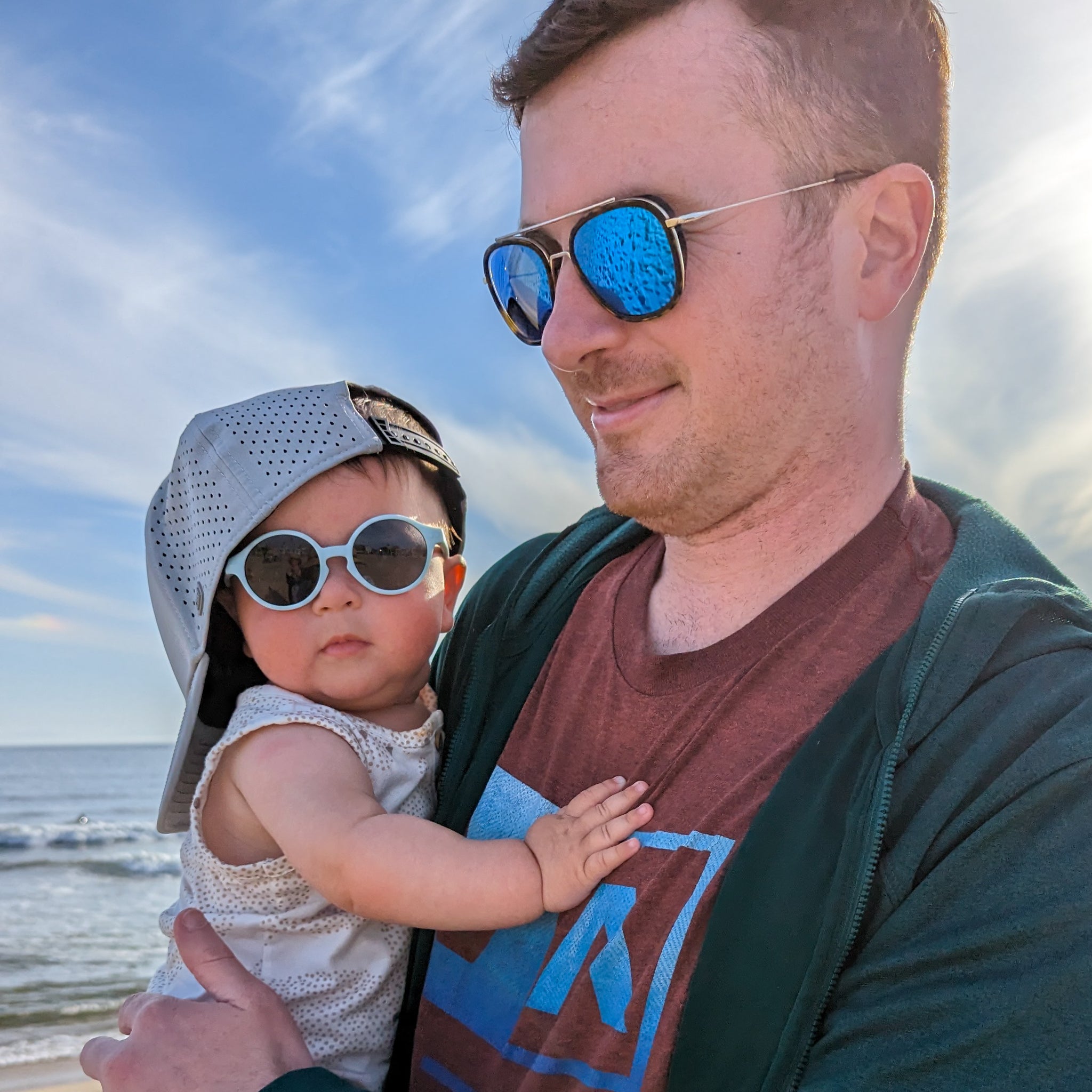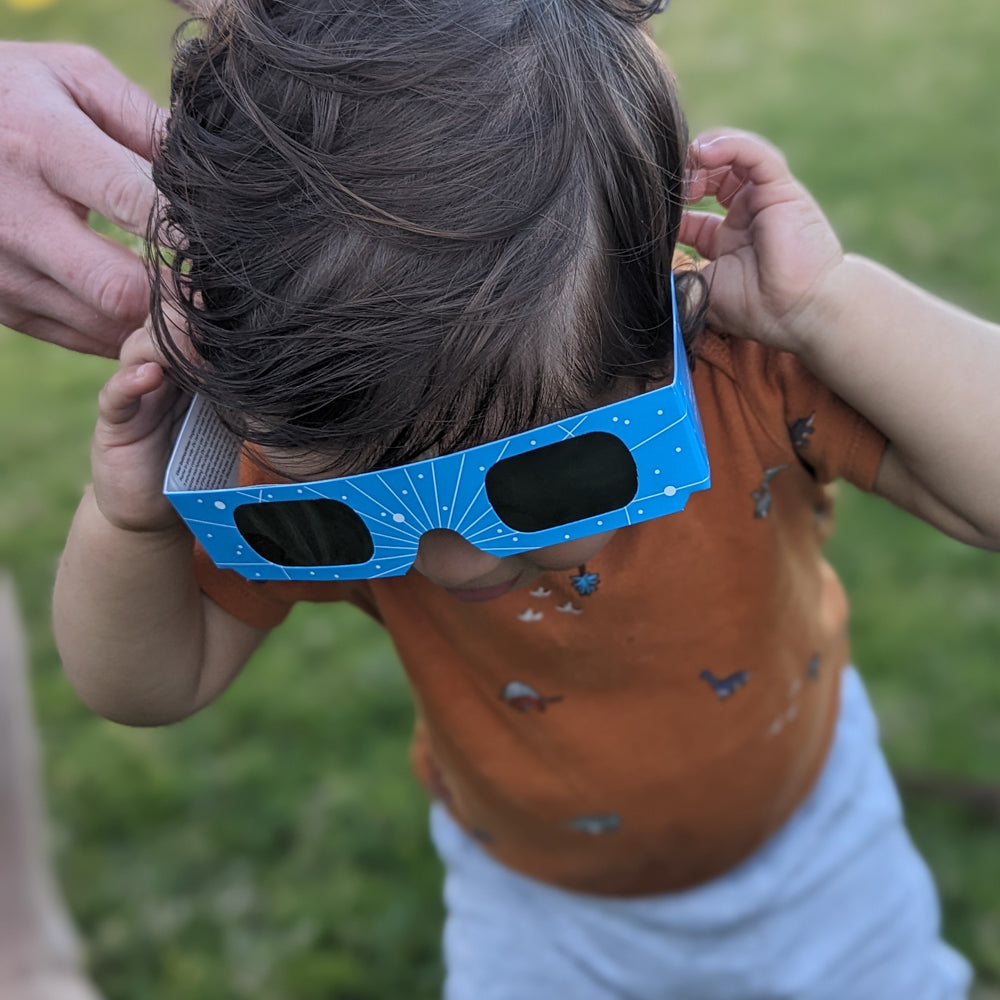
Do Black and White Baby Toys Really Work?
In the last few years there’s been an explosion of black and white baby products like books, flashcards, toys, activity centers, the list goes on. Do they actually work? Are they good for a baby’s eyes? Where does this trend come from? In this article, I’ll get to the truth behind blacks, whites, and whether you should be getting on board with this monochromatic look!
Where does this trend come from?
First of all, I love anything that brings awareness to infant vision and how babies see. Before these high contrast, black and white baby toys became popular, most people didn’t think of infant vision as different from their own. High contrast means there is an area of light next to an area of dark. Black next to white is the most obvious way to achieve this. High contrast images ARE easier for babies to notice in their earliest days and using these types of toys or books gives them a simple target to zone in on. Watching your baby take notice of something is super cool, so naturally, these high contrast toys and books became popular among parents.
Why is it easier for babies to see high contrast patterns?
There are two different types of light receptors in the back of our eyes that are responsible for receiving information. These light receptors are called rods and cones. The rods collect information about light and dark but don’t give us very clear vision. The cones give us more clear vision and let us know what colors we’re seeing. It can be misleading when people think of a baby as seeing only in “black and white” because babies are born with both rods and cones. The difference is, the rods (light versus dark) are more “ready to go” whereas the color cells (or cones) haven’t had a chance to practice and get good at seeing colors yet. No offence to anyone’s uterus, it’s already doing an absolutely mind-blowing job of growing a human, but there isn’t exactly a rainbow of colors and lights in there for little eyes to practice seeing. As soon as your baby is born and they are exposed to light and colors, the cones kick into gear and start calibrating themselves.
Are black and white toys good for a baby’s eyes?
To answer the question of whether black and white toys and books are “good” depends on what you are trying to achieve. They are easier for your baby to see than pastel or muted patterns. When your baby notices a black and white pattern in an otherwise blurry world, they have something to lock onto which helps them learn how to stabilize their eyes, a skill known as fixation. If the pattern is interesting enough, they will also spend more time looking at it, which helps them lengthen their attention span. So, a black and white pattern can help your baby by giving them something to see that is appropriate for the stage of vision they’re at. It’s like stage-based play! However, like stage-based play, the idea is to meet a child where they’re at and then nurture their growth to the NEXT stage.
Black and white toys and books are a great start, but quickly become too easy as the cones we mentioned earlier start to come online. Supporting your child’s development is all about moving forward, learning and improving. So, think of high contrast flashcards, toys and books as a stage one, or newborn, visual activity that you will eventually want to move away from. And even at this stage, bright colorful books, games and toys are all great stimulation too – they just target the development of different visual skills. The soft muted pastels that are in many nursery designs are the least helpful in supporting vision development for babies. Those colors and designs just aren’t easily visible to infants and odds are they’ll be looking for something more interesting in their environment to gaze at instead.
Are all black and white baby products the same?
Black and white versus color is just one aspect of infant vision. There’s also clarity, eye coordination, focusing, peripheral vision, and visual processing to name a few others. If you are getting a product to help your child’s visual development, then you want it to be designed by someone who understands all the complexities of infant vision.
Let me give you a quick example,
I recently saw a rattle that was made of alternating black and white ribbons attached to a wooden ring. Since the ribbons were loose, there’s no guarantee black would stay next to white or that the spacing would be appropriate for newborns. If a baby picked up one random white or black ribbon, that’s not very attention grabbing either. It’s not that this item would be harmful, but it wouldn’t support visual development in the way it is portrayed.
In our modern times, sorting through misinformation and misleading claims can be time-consuming and overwhelming for parents. You already have to be an extreme multi-tasker, enthusiastic singer, personal snack dispenser, and gourmet chef on a daily basis. In fact, I call our son Gordon Ramsay because of his over-the-top rejections to the food I present him. My tip is to look at a company’s “About Us” section and see if there is a vision expert on the team designing their products. Avoid items that make huge claims without scientific backing and find products that give details about how it was designed with vision in mind.
To summarize:
High contrast toys/books/accessories ARE good for:
- Encouraging longer attention in the newborn phase
- Stabilizing eye movements (fixations) in the newborn phase
- Scanning or jumping eye movements IF the patterns are made appropriately
They are not ideal for:
- Long term visual development
- Color vision development
- Scanning or jumping eye movements if the patterns aren’t made appropriately
- Detecting subtle vision issues
- Detecting issues with one eye when the other eye is seeing well (read more about how to detect these conditions here)
Things to keep in mind:
- Look for products designed by pediatric specialists, ideally with expertise in infant vision
- Look for products that give a recommendation on how far to hold the item so you know they are considering the viewing distance
- Be wary of products that make huge claims like they support the growth of a baby’s optic nerve (I came across this recently). A baby’s optic nerve is present at birth and will develop normally with routine day-to-day activities. If you do not use black and white flashcards or toys, the optic nerve will not shrivel away.
Expert tip!
Check that the materials in products like flashcards are safety tested. Testing is not always required for these types of items, but keep in mind they will probably be touched, licked, and chewed on by little ones. It’s important they are non-toxic and safe!
Conclusion
When it comes down to it, everything your baby is surrounded by will encourage their visual development. Going on a walk, hanging out with family, and playing with any colored or black and white toy will support visual growth in their own ways. These days, parents want to know the BEST way to do everything, which is fabulous! But there is also a lot of pressure to do all the right things and none of the wrong ones. I want to stress that there isn’t a right or wrong in this case. If you feel paralyzed by all the things you SHOULD do, just know that any engaging play with your little one is going to benefit their development.
If you’re interested in giving them an extra nudge in the vision department (almost half of our brain is devoted to vision after all!), check out some high contrast items designed by reputable experts. And don’t think just toys and books, their room décor and other everyday items they are surrounded by are excellent opportunities for visual interest. Plus, consider updating those items as they grow to support them moving to the next stage of development.






Leave a comment
This site is protected by hCaptcha and the hCaptcha Privacy Policy and Terms of Service apply.